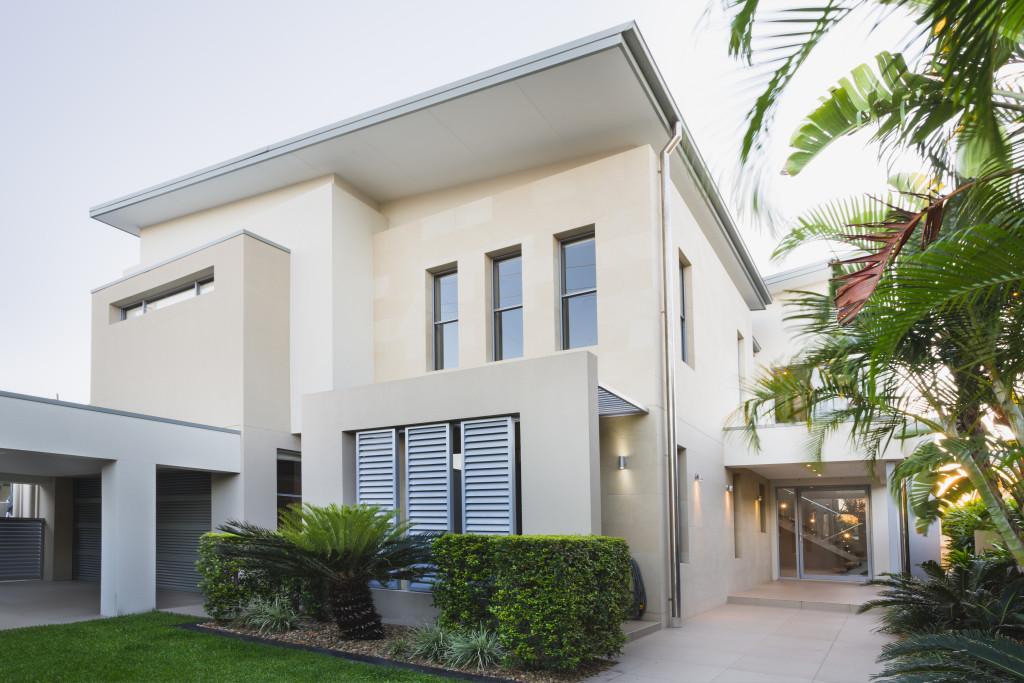The process of designing your dream home can be both exciting and overwhelming. There are endless possibilities to consider, and it’s easy to get caught up in the details. To help you get started, this article has listed down 5 things to keep in mind as you begin the design process.
Functionality
One of the most important things to consider when designing your home is how you will use the space. Do you entertain often? Do you need a home office? How many bedrooms do you need? Answering these questions will help you determine the layout and flow of your home.
The best way to determine how you will use the space in your dream home is to map out how you currently use your current home. This can help you identify patterns and see where you may need more or less space. You can also ask friends and family for their opinions on how you use your space. They may give you some ideas on how to better utilize the space in your home.
Budget
Set a budget for your project and stick to it. Once you have an idea of what you want, start researching materials and pricing so you can realistically assess what your project will cost. Remember that there are always ways to save money, so if something is out of your price range, don’t be afraid to look for alternatives.
One of the most important things to consider when designing your dream home is how much it will cost. Before you get too carried away with design ideas, it’s vital to set a budget and stick to it. This will help you stay on track and avoid overspending.
There are a few ways to determine your budget for a home renovation project:
- Get quotes from contractors. This is the best way to get an accurate estimate of how much your project will cost.
- Look online for pricing guides. Several websites offer pricing information for common renovation projects. This can give you a good idea of how much certain materials and labor will cost.
- Create a spreadsheet. This is a great way to track your expenses and stay organized.
- Consider hiring a professional architect. This will likely cost more upfront but can save you money in the long run. They can help you design your dream home while staying within your budget.
Whatever method you choose, factor in everything, including labor, materials, permits, and design fees. And remember, it’s always best to err on the side of caution and overestimate rather than underestimate your budget.
Location
The location of your home is another important consideration. Do you want to live in the city or the suburbs? Are you looking for a quiet neighborhood or something with more hustle and bustle? Consider your lifestyle and needs when making this decision.
When considering the location of your dream home, there are a few things to keep in mind:
- Consider your lifestyle and needs. Do you need easy access to public transportation? Are you looking for a quiet neighborhood or something with more hustle and bustle? Consider your lifestyle and needs when making this decision.
- Look at your commute. How long will it take you to get to work? How long will it take you to get to the grocery store or other amenities? The location of your home can impact your daily commute significantly.
- Think about your family. Do you need a backyard for the kids to play in? How many bedrooms do you need? The location of your home can impact your family life as well.
- Consider your budget. The location of your home can have a major impact on your monthly expenses. Consider how much you can afford and find a neighborhood that fits within your budget.
Style

When it comes to style, there are endless possibilities. Do you prefer a modern aesthetic or something more traditional? Would you like an open floor plan or defined spaces? Spend some time researching to get an idea of what you like before meeting with a designer.
One of the best ways to determine the style of your dream home is to look at images online or in magazines. This will give you a good idea of what styles you like and what might be a good fit for your lifestyle and budget.
When meeting with a designer, bring pictures of homes that appeal to you. This will help the designer better understand your style preferences and create a design that you’ll love.
If you’re not sure what style you want, don’t worry! A good designer will help you find the right style for your home. They can show you examples of different styles and help you choose the one that’s best for you.
Timeline
Finally, it’s crucial to have realistic expectations about timing. Designing and building a custom home can take anywhere from 6 months to a year, sometimes even longer. Be patient and enjoy the process!
When planning your timeline, it’s essential to consider a few things:
- The design process. How long will it take you to come up with a design that you’re happy with? Be sure to factor this in when planning your timeline.
- Permits. It can often take several weeks to get permits approved. Make sure to account for this in your timeline.
- Construction. The average construction time for a custom home is around 6 months. However, this can vary significantly depending on the size and complexity of the project. Be sure to allow plenty of time for construction.
When putting together your timeline, it’s best to be as realistic as possible. Planning for unexpected delays will help ensure that your home is finished on schedule.
Designing your dream home is an exciting but daunting task. There are many things to consider, but by keeping these 5 factors in mind, you’ll be well on your way to creating the home of your dreams.











